Unleashing the Flywheel Strategy for Business Growth — Part 2
How to implement a Flywheel strategy in your company and achieve Business Growth.
In the last post I talked about the exponential growth of the multinational technology giant, Amazon. The Flywheel concept illustrates how various aspects of Amazon's business model work together to create a self-sustaining loop of growth and customer satisfaction. So if you missed my previous post, here it is 👇
Amazon's Growth Secret: Unleashing the Flywheel Strategy for Business Growth — Part 1
We often marvel at Amazon's immense success as a global powerhouse, but have you ever wondered what lies behind their continuous growth? One of their secret weapons is the renowned Amazon Flywheel Strategy. Also known as the "Amazon Virtuous Cycle," is a strategy developed by founder Jeff Bezos. It aims to promote traffic and overall growth by synchronizing various values. Despite its simplicity, it has been a huge success for the company.
Now that you understand the key components of the Amazon Flywheel strategy and what type of companies can embrace this approach, let's explore how you can implement it within your own company!
Where does the Flywheel concept comes from?
The flywheel effect is when small victories in a business accumulate over time and generate significant growth. This concept, derived from Jim Collins' book Good to Great1, emphasizes the power of satisfied customers as advocates for the business.
This works by prioritizing customer satisfaction and making the purchase process streamlined and accessible, the business can create a positive feedback loop of new customers and continued growth.
Let’s revisit the Amazons’ example:
In the book The Everything Store: Jeff Bezos and the Age of Amazon2, journalist Brad Stone describes how the Flywheel Effect played a crucial role in powering Amazon's initial growth:
"Lower prices led to more customer visits. More customers increased the volume of sales and attracted more commission-paying third-party sellers to the site. That allowed Amazon to get more out of fixed costs like the fulfillment centers and the servers needed to run the website. This greater efficiency then enabled it to lower prices further. Feed any part of this flywheel, they reasoned, and it should accelerate the loop."
There’s 3 key elements in a Flywheel
Attract: This component focuses on attracting new customers to your business. It involves marketing efforts, advertising, promotions, and any activities aimed at bringing in potential buyers. A successful customer acquisition strategy expands your customer base, which is essential for sustaining growth.
Engage: Providing an exceptional customer experience is crucial for a flywheel strategy. When customers have a positive experience with your products or services, they are more likely to be satisfied, make repeat purchases, and become loyal advocates for your brand. A seamless and enjoyable customer experience leads to customer retention and word-of-mouth referrals, driving the flywheel's momentum.
Delight: The third major component involves keeping your existing customers engaged and satisfied, encouraging them to remain loyal to your brand. This can be achieved through loyalty programs, personalized offers, excellent customer support, and consistent delivery of value. Loyal customers not only contribute to the flywheel's momentum through repeat business but also act as promoters, attracting new customers and feeding back into the customer acquisition component.
How other companies implemented a Flywheel strategy
Many big companies have successfully implemented a flywheel strategy or a similar self-reinforcing growth loop. Let’s take a look into how they achieved this!
HubSpot
HubSpot, a leading inbound marketing and sales software platform, is a prime example of a company that has implemented a flywheel strategy. HubSpot's flywheel revolves around three main components: "Attract," "Engage," and "Delight." They attract customers through valuable content and inbound marketing, engage them with personalized experiences and marketing automation, and delight them with exceptional customer support and ongoing education. Satisfied customers often become advocates, leading to referrals and additional customer acquisition.
Netflix
Netflix, the popular streaming service, has a flywheel strategy centered around "Content," "Personalization," and "Customer Satisfaction." By continuously investing in original and diverse content (Content), they attract and engage subscribers who get personalized content recommendations based on their viewing habits (Personalization). Satisfied customers are more likely to continue their subscriptions and recommend Netflix to others, driving further customer acquisition.
Apple
Apple, the multinational technology company, has a flywheel strategy based on "Innovative Products," "User Experience," and "Ecosystem." Apple focuses on designing innovative and user-friendly products that create a great user experience (User Experience). Satisfied customers often become loyal to Apple's ecosystem, purchasing other Apple products and services, leading to further customer retention and loyalty.
Tesla
Tesla, the electric vehicle and clean energy company, has a flywheel strategy based on "Innovation," "Customer Experience," and "Sustainability." Tesla continually innovates in the electric vehicle space (Innovation), providing a superior driving experience and customer service (Customer Experience). Satisfied customers become brand advocates, sharing their positive experiences and driving further customer acquisition.
Airbnb
Airbnb's flywheel strategy revolves around "Property Listings," "Trust and Safety," and "User Community." Airbnb attracts hosts to list their properties on the platform (Property Listings) and establishes trust through robust safety measures (Trust and Safety). Satisfied guests contribute to the user community, writing positive reviews and attracting more hosts, completing the flywheel loop.
Implementing a Flywheel strategy in your company
Implementing a strategy similar to the Amazon Flywheel in your company involves understanding the core components of the flywheel and adapting them to your specific business model and industry.
Analyze Your Business Model
Take a closer look at your business model and identify the key elements that can form a positive feedback loop. Consider factors such as customer acquisition, customer experience, product or service selection, pricing, loyalty programs, and any network effects that can be leveraged. By understanding how these components interact with each other, you can identify opportunities for improvement and growth.
Pricing
Determine your pricing strategy and align it with customer expectations and value perception. Competitive pricing can entice customers and give you an edge in the market, while premium pricing might signal higher quality or exclusivity. It's important to find the right balance that aligns with your target audience and positions your business effectively.
Network Effects
Network effects occur when the value of a product or service increases with the number of users. Analyze whether your business model benefits from network effects, and if so, consider how you can leverage them to attract more customers and participants. For example, if your product relies on user-generated content or a network of users, focus on creating an environment where more users attract more users, creating a virtuous cycle of growth.
Focus on Customer Experience
Prioritize providing an exceptional customer experience. This includes offering high-quality products or services, efficient customer support, easy-to-use interfaces, and streamlined purchasing processes. By putting your customers first and ensuring an outstanding experience at every touchpoint, you can foster loyalty and encourage repeat business.
Expand Product or Service Selection
Diversify and expand your offerings to attract a broader customer base. A wider selection can increase customer satisfaction and attract more potential customers to your business. Conduct market research, listen to your customers' needs, and strategically broaden your product range to cater to a variety of preferences and interests.
Competitive Pricing
Strive to offer competitive pricing to encourage repeat purchases and retain existing customers. This may involve optimizing your costs, negotiating with suppliers, or exploring bulk purchasing options. Keep a pulse on the market and your competitors to ensure your pricing remains competitive while still maintaining profitability.
Loyalty Programs
Implement loyalty programs or subscription-based models to encourage customer retention and repeat business. Offer exclusive benefits or rewards for long-term customers, such as discounts, freebies, or early access to new products or services. Loyalty programs can create a sense of value and incentivize customers to choose your business over competitors.
Third-Party Partnerships
If applicable to your business model, consider partnering with third-party sellers or service providers to broaden your selection and enhance your value proposition. Collaborating with reputable partners can help you expand your reach, access new markets, and offer complementary products or services that add value to your customers' experience.
Marketing and Branding
Invest in marketing and branding efforts to attract more customers to your company. Positive word-of-mouth and customer referrals can be powerful drivers of growth. Develop a strong brand identity, communicate your unique value proposition effectively, and engage with your target audience through various marketing channels. Nurture relationships with your customers and build a community around your brand.
Operational Efficiency
Streamline your operations, logistics, and fulfillment processes to ensure timely delivery and excellent customer service. Satisfied customers are more likely to become repeat buyers, so focus on optimizing your internal systems to meet their expectations. Automation, efficient supply chain management, and effective communication across your organization can contribute to a seamless customer experience.
Analyze Data and Customer Feedback
Utilize data analytics and customer feedback to gain insights into customer preferences, pain points, and behavior. Monitor key metrics, such as customer satisfaction, purchasing patterns, and website analytics, to make data-driven decisions and improve your offerings. Embrace a culture of continuous improvement by regularly analyzing the data available to you.
Iterate and Improve
Continuously iterate and improve each component of your flywheel. Monitor the performance of your strategy and make adjustments based on the results. Take feedback from your customers and internal teams into account and be open to experimentation and learning. By consistently evolving in line with market trends and customer needs, you can ensure that your business remains relevant and competitive.
Invest in Technology
Leverage technology and automation to enhance the efficiency of your business operations and improve the overall customer experience. Embrace tools and platforms that can streamline processes, personalize customer interactions, and provide valuable insights. From CRM systems to AI-powered chatbots, technological advancements can help you scale your operations and achieve sustainable growth.
Promote Word-of-Mouth
Encourage satisfied customers to share their positive experiences with others. Promote positive reviews, testimonials, and referrals as they can contribute to the growth of your customer base. Word-of-mouth marketing is a powerful tool, so go the extra mile to exceed customer expectations and provide remarkable experiences that they want to share with others.
Company Values Matters
To succeed with the Flywheel model, a company needs a cohesive team with shared values and a shared understanding of the company's big goals. Atlassian for example, has grown into a sophisticated enterprise with over 6,000 employees, and it emphasizes the importance of its five company values in guiding its growth and development. Despite changes in culture, these values remain constant and help to keep the company focused on creating positive impacts for its customers.
Final Thoughts
The Amazon Flywheel Strategy is a powerful framework for driving business growth through a customer-centric approach. By focusing on selection, price, convenience, and customer experience, Amazon has built a self-reinforcing cycle that propels their growth engine. You can find this and more techniques in the book: Working Backwards: Insights, Stories, and Secrets from Inside Amazon.3
Implementing the Flywheel Strategy within your own company requires a shift in mindset, where customer obsession, broadening your product range, leveraging technology, and embracing experimentation become the cornerstones of your growth strategy. By adopting these principles and continuously iterating on your initiatives, you too can unlock the power of the Flywheel Strategy and accelerate your own business growth.
So, are you ready to implement a Flywheel model? Share your thoughts and experiences in the comments below!
Good to Great: Why Some Companies Make the Leap and Others Don't
Start with 1,435 good companies. Examine their performance over 40 years. Find the 11 companies that became great. Now here's how you can do it too. Lessons on eggs, flywheels, hedgehogs, buses, and other essentials of business that can help you transform your company.
The Everything Store: Jeff Bezos and the Age of Amazon
The authoritative account of the rise of Amazon and its intensely driven founder, Jeff Bezos, praised by the Seattle Times as "the definitive account of how a tech icon came to life." The Everything Store is the revealing, definitive biography of the company that placed one of the first and largest bets on the Internet and forever changed the way we shop and read.
Working Backwards: Insights, Stories, and Secrets from Inside Amazon
Working Backwards is an insider's breakdown of Amazon's approach to culture, leadership, and best practices from two long-time Amazon executives―with lessons and techniques you can apply to your own company, and career, right now.


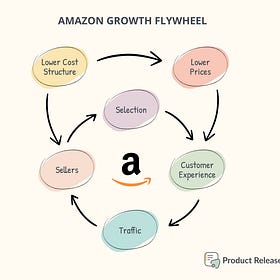
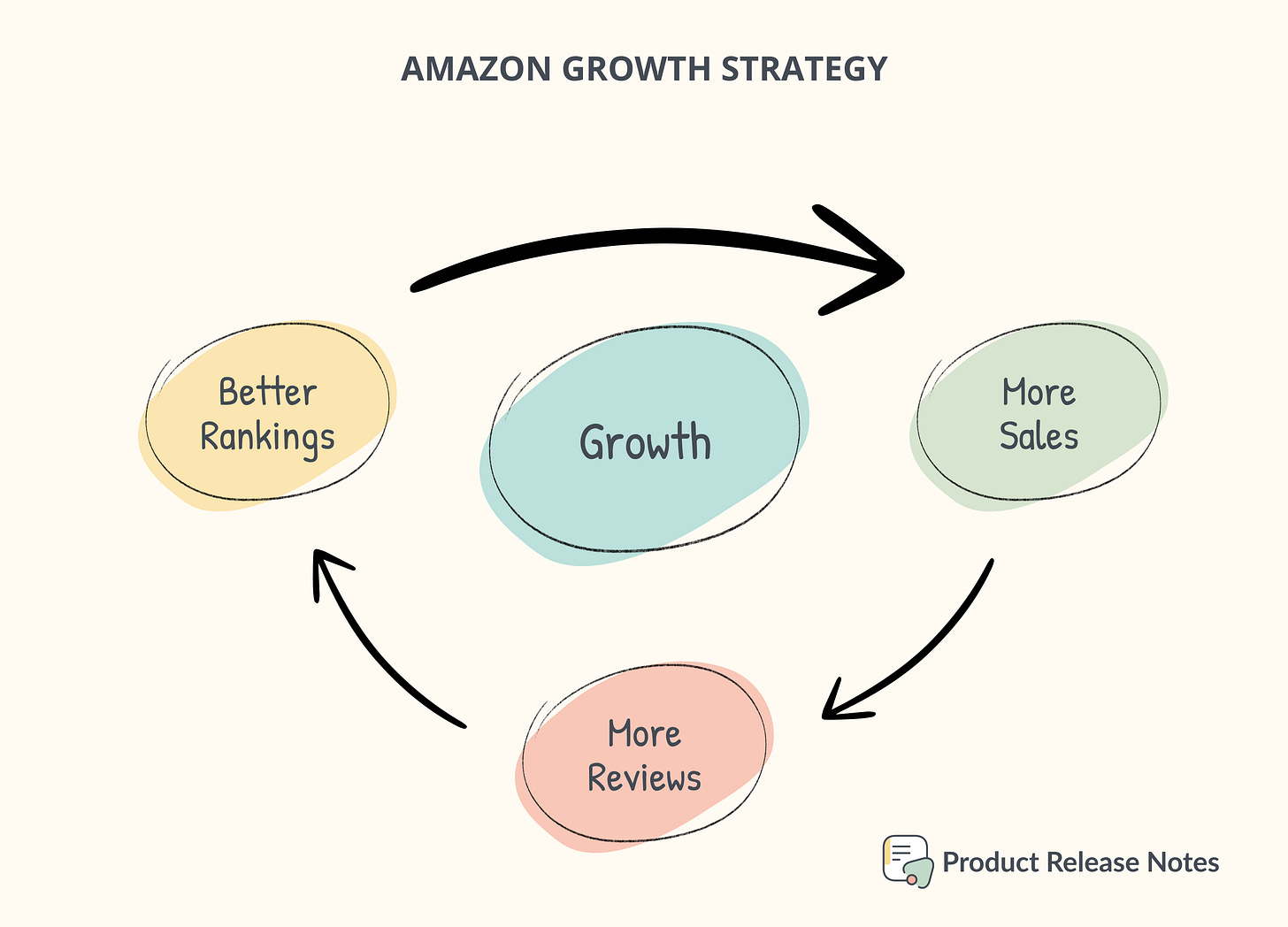
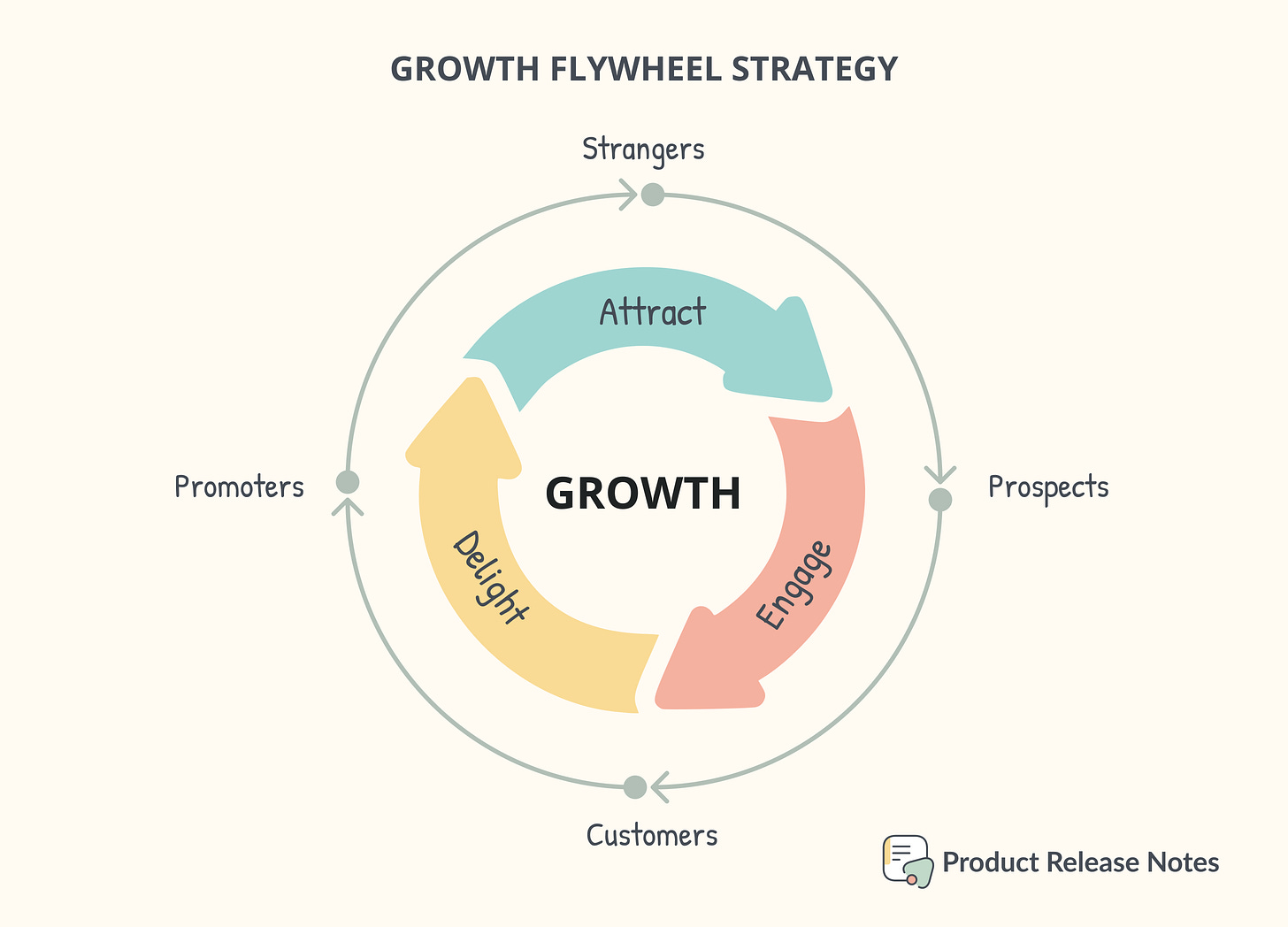
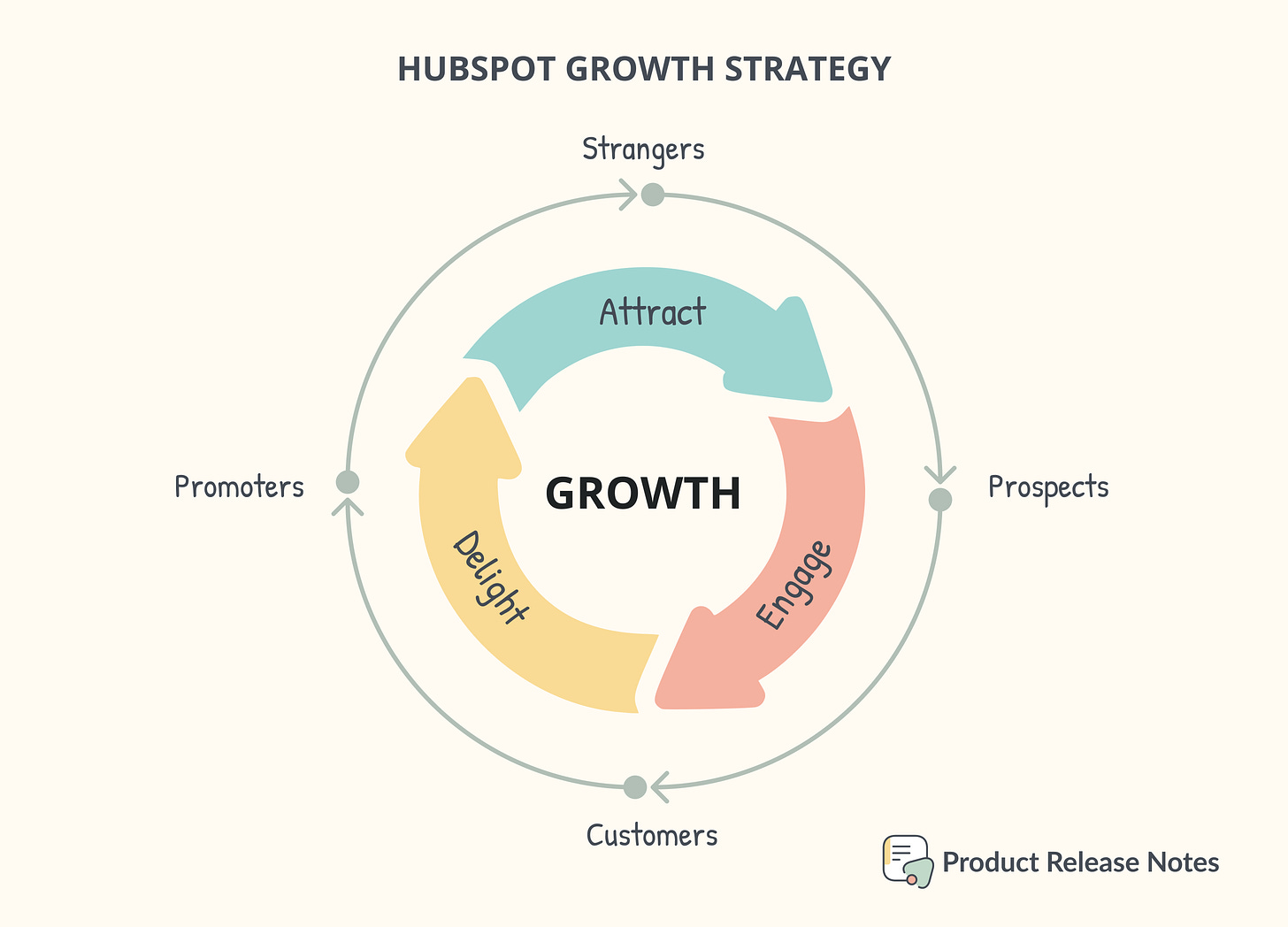
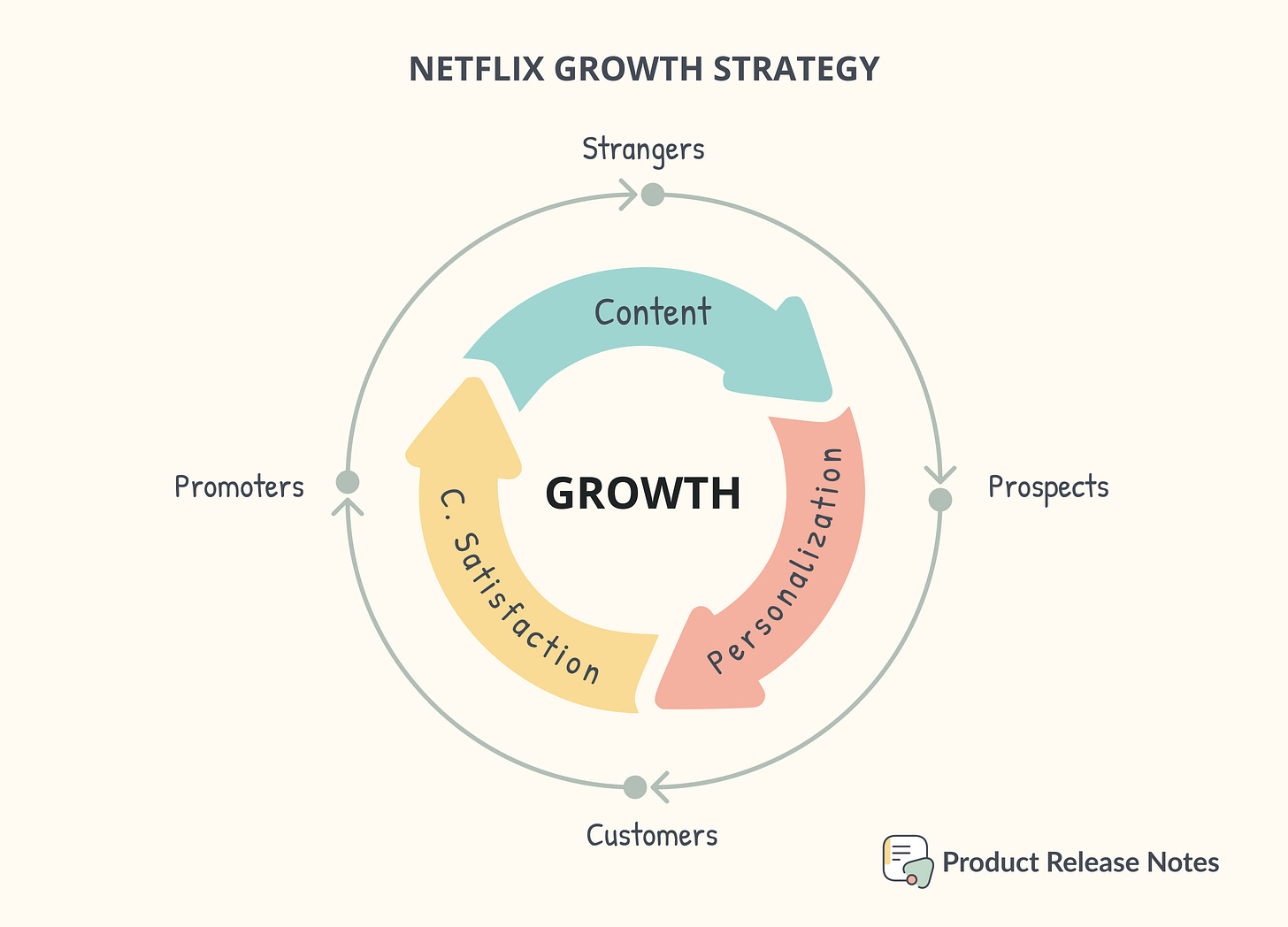
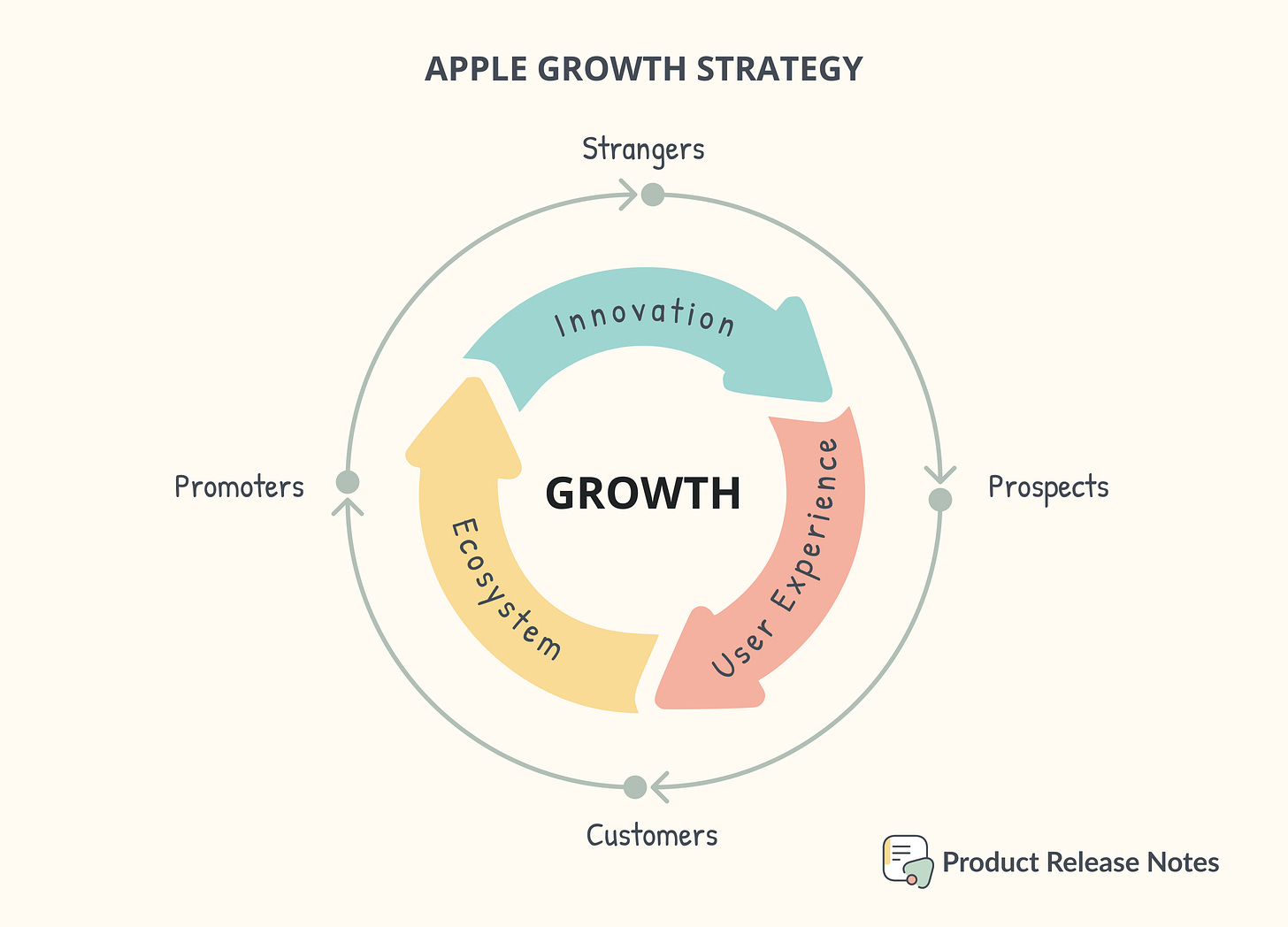
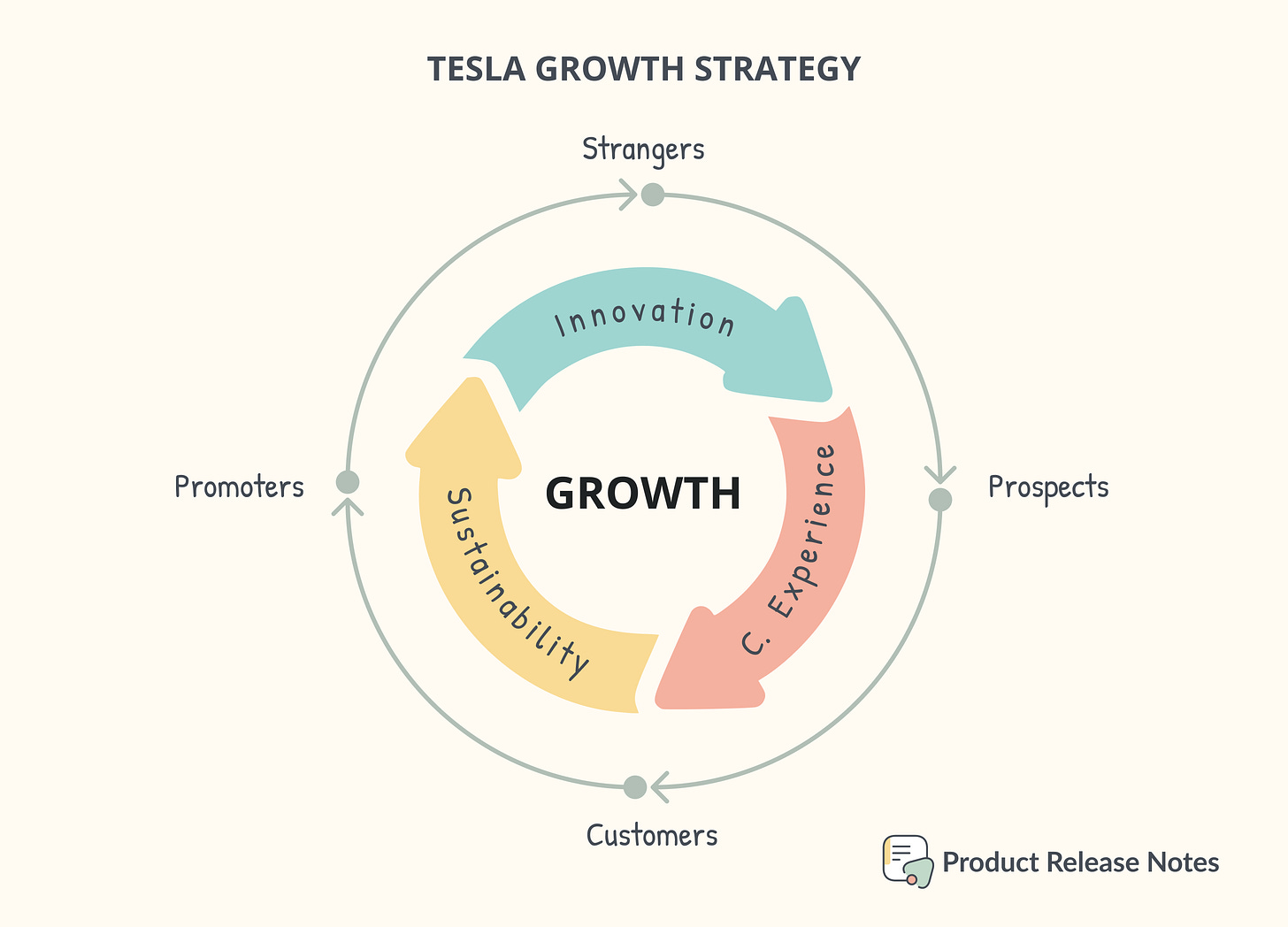
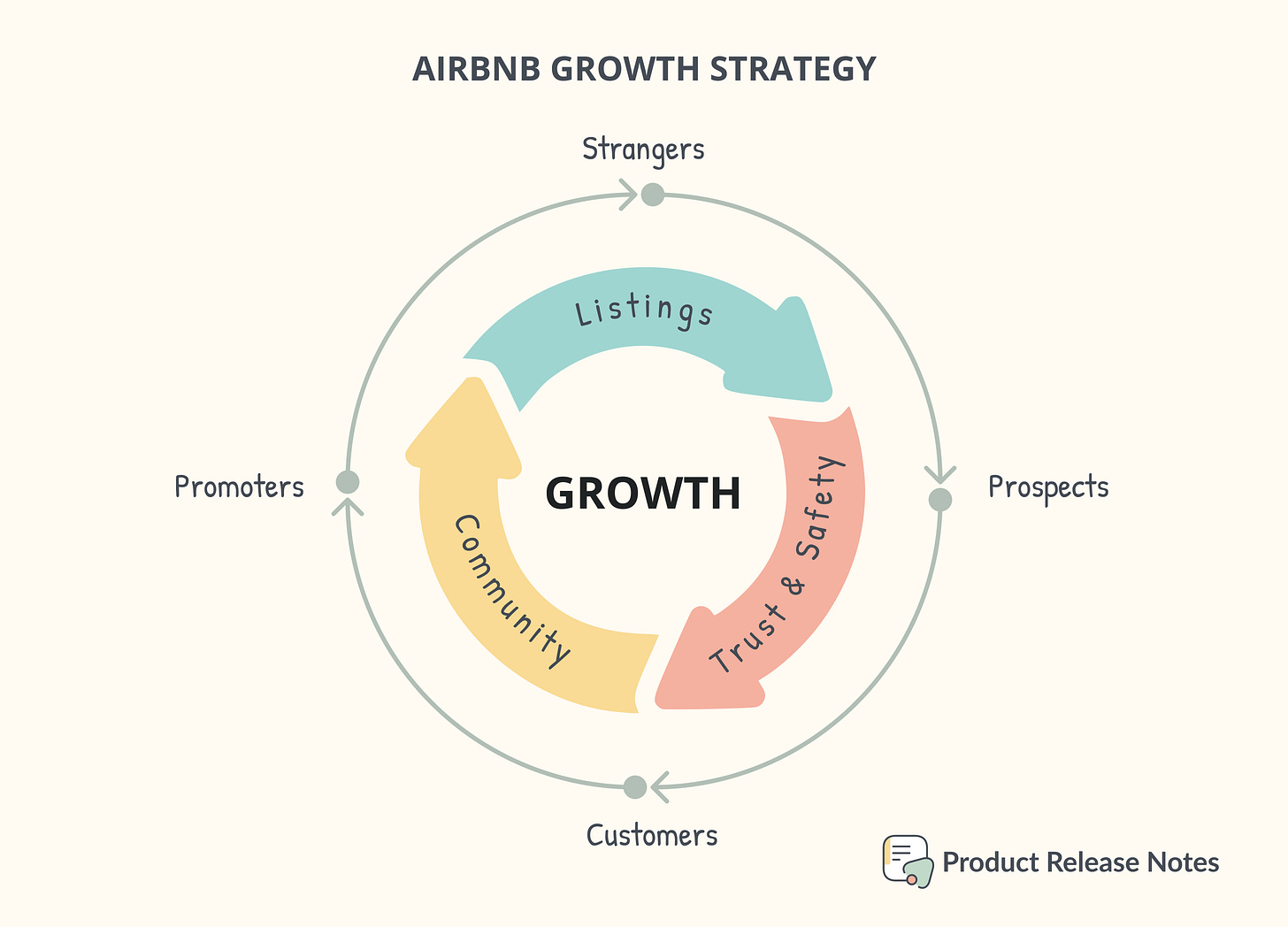


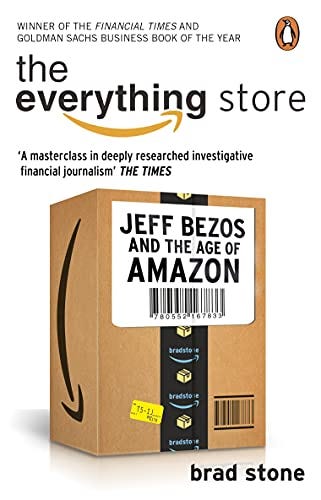
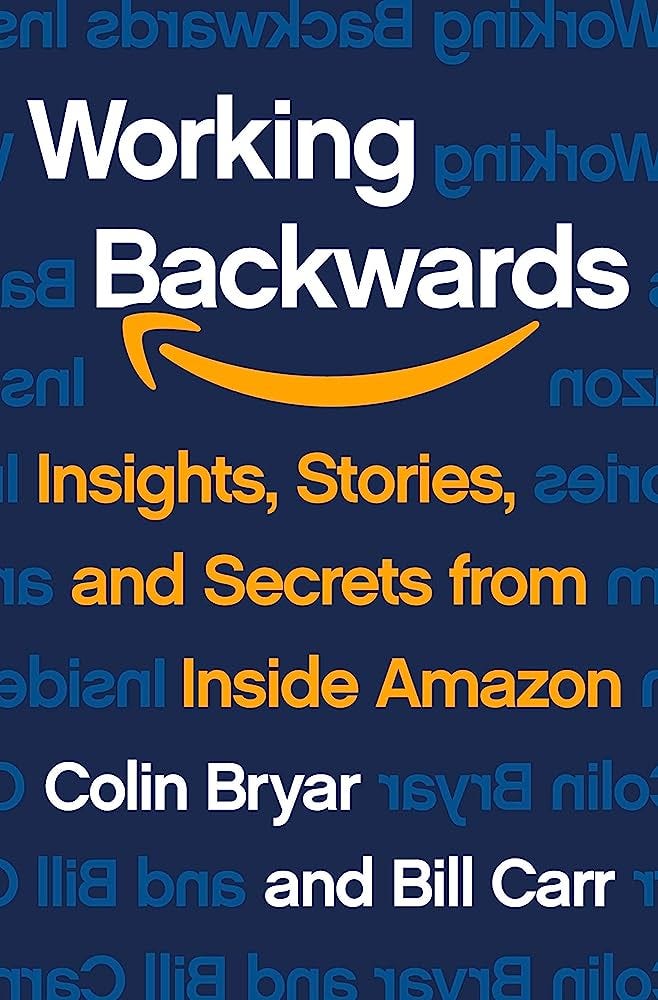
Nailing the attract and engage parts is hard when your tools are scattered and feedback loops are slow. You could try Loyally ai to tie delight to real behaviors with points, tiers, and targeted rewards that trigger right after key actions. That way referrals and repeats start to climb steadily, giving your flywheel more push with less lift.